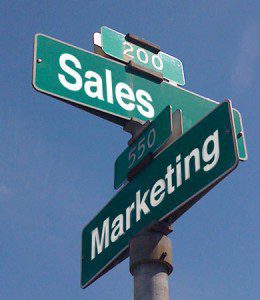Sales Stages: Simple or Complex?

By Win Salyards, Senior Marketing Consultant at Heinz Marketing
There are two core schools of thought when structuring your B2B lead and opportunity stages–simplified or complex. Neither is better than the other since it comes down to your needs as a revenue org. A few arguments exist for using a simplified versus a more complex set of stages in B2B marketing and sales. But they come down to 3 main things:
Easy to understand:
Simplified stages are more straightforward, easier to understand and remember, and more intuitive for sales representatives. A simplified approach may lead to a more efficient sales process, minimizing confusion and streamlining decision-making.
Faster sales cycle:
Simplified stages can also speed up the sales cycle by reducing the time it takes to move a lead through the sales funnel. With a clear understanding of what constitutes a qualified lead, sales reps can focus their efforts on those prospects who are most likely to convert, which can result in a shorter sales cycle.
Better alignment with marketing:
Simplified stages can better align sales and marketing efforts by providing a straightforward lead scoring, qualification, and handoff framework. When marketing and sales use the same stages, it can reduce friction and increase the likelihood that leads will be effectively nurtured and converted.
Conversely, arguments for a more complex set of stages focus on accuracy and visibility compared to a simplified process. Here are the core 3:
Improved accuracy:
A more complex set of stages can provide greater granularity and accuracy in tracking where leads are in the sales funnel. This can help sales reps better understand the specific needs and pain points of each lead, which can help tailor the sales approach and improve conversion rates.
Better forecasting:
With a complex set of stages, it can be easier to forecast future sales performance, as there is greater visibility into where leads are in the funnel and how likely they are to convert. This can help to identify potential bottlenecks and optimize the sales process to improve overall performance.
Customization:
Complex stages can be customized to fit the specific needs of the business, industry, or product, providing greater flexibility and allowing for a more targeted approach to lead qualification and conversion.
Overall, the decision to use a simplified or complex set of sales lead and opportunity stages will depend on the specific needs and goals of the business. While simplified stages may be more intuitive and easier to use, a more complex set can provide greater accuracy, forecasting capabilities, and customization. In addition to all of this, some point in between that strikes a good balance may be needed. It all comes down to the needs of the business and how long or complex the selling process is.





